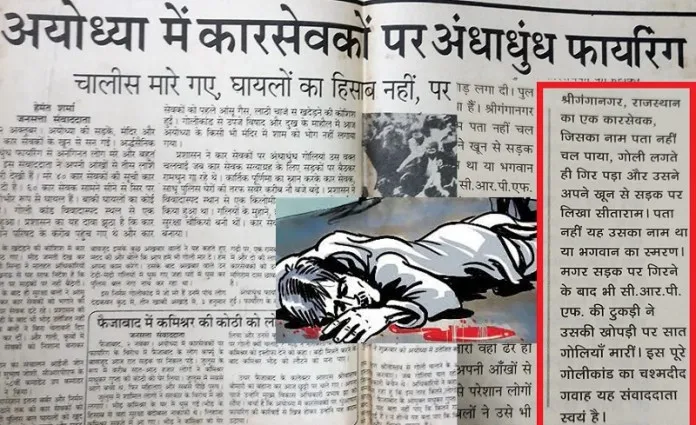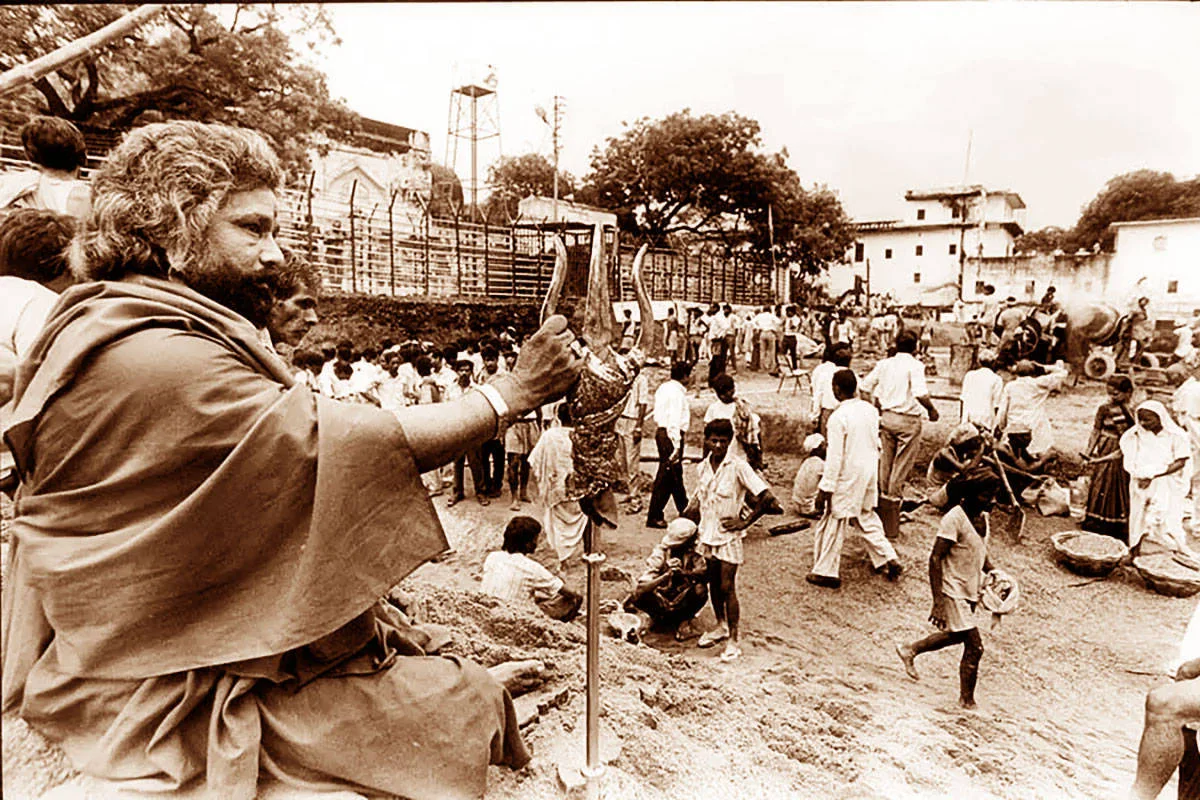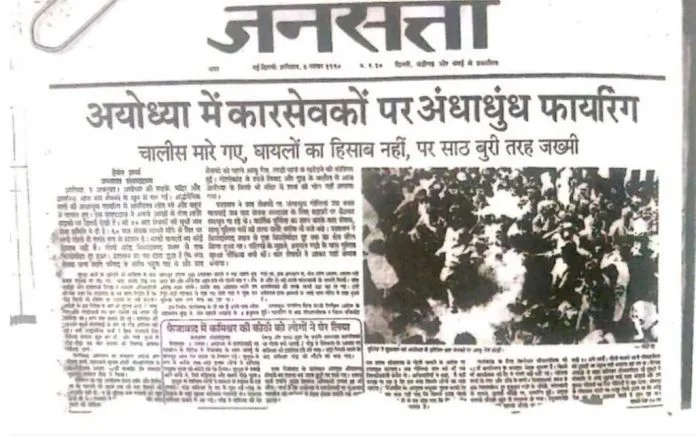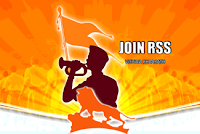The police did not have any prior written order for firing. In fact, the district magistrate had signed the order after the police had carried out the firing. No Karsevak was shot in the leg. All of them were shot in the head and chest.
It was the result of the sacrifice made by them on 2 November 1990 that fuelled the protests for reclamation of Lord Rama’s birthplace and culminated into the felling of the controversial structure in Ayodhya more than 2 years later, on December 6, 1992, when thousands of karsevaks scaled the walls of the Babri structure brought it to ground.
However, it took another 27 agonising years for Hindus to win the decades long dispute over the ownership of the disputed land in Ayodhya. In 2019, the Supreme Court of India put an end to the long legal struggle and awarded the land to the Hindus, paving the way for the construction of a bhavya(magnificent) Ram Mandir in Ayodhya.
Nevertheless, the day, November 2, holds special significance for pious Hindu devotees who view it as a tipping point in the long and arduous struggle to reclaim the abode of Ram Lalla. This year, the day coincided with Dhanteras, the first day of the Diwali festivities. Also known as the festival of lights, Diwali marks the homecoming of Lord Rama after spending 14 years in exile. On this day every year, millions of Hindus around the world adorn their homes with diyas and lights to celebrate the return of Lord Rama to Ayodhya.
What happened on 2 November 1990?
On 2 November 1990, orders from the powers that be to then IG SMP Sinha were clear. The Mulayam Singh government in Uttar Pradesh reportedly asked him to clear the streets occupied by karsevaks who were peacefully demonstrating to reclaim Ram Janmabhoomi. Sinha told his subordinates: There is a clear instruction from Lucknow that the crowd will not sit on the streets at any cost.
It was 9 am on the auspicious day of Kartik Purnima when Hindu saints and thousands of karsevaks, comprising also of women and elderly people, resumed their march towards the Ram Janmabhoomi site where the disputed structure then stood. The security forces, who were instructed to stop the Hindus from reaching the site, lined up on the road to block the way.
Whenever the security personnel tried to impede the Hindu devotees, they would sit there and start chanting the name of Lord Ram and reciting Bhajans (religious songs). They touched the feet of the security personnel, deployed to prevent them from marching ahead. Each time they did this the security personnel would move back and the karsevaks would move forward. Though unarmed, the karsevaks remained undeterred.
This kept happening in a loop until the IG passed orders and the police personnel sprung to action. Tear gas shells were fired, lathis were rained at the karsevaks, but the resolute Ram Bhakts neither counter-attacked nor did they agitate or falter. Suddenly the security personnel started responding by opening fire. Many Hindu devotees were targeted and gunned down. It’s believed that the security personnel hunted and targeted Hindus in every lane and bylane leading to the Ram Janmabhoomi and within no time the streets converted into a war zone.The security personnel neither offered help to the injured nor allowed anyone else to help them.
The police did not have any prior written order for firing. In fact, the district magistrate had signed the order after the police had carried out the firing. No karsevak was shot in the leg. All of them were shot in the head and chest. Which means that the security personnel had fired with an intention to kill and not injure.
 |
| Media headline in November 1990, stating that indiscriminate firing was ordered at the Karsevaks |
Kothari brothers, the face of Ram Janmabhoomi movement, perished in the 2 November 1990 onslaught
It was in this carnage that the heroic Kothari brothers, who later became the face of the Ram Janmabhoomi movement, attained martyrdom. They had gathered in front of Hunumangarhi, a stone’s throw away from the disputed structure that was eventually demolished later. As the protesters sat on the road in protest and started singing religious hymns.
Out of the blue, security personnel at the behest of the then CM Mulayam Singh, started firing at the crowd and chased karsevaks across the area. Many people died from head wounds. There was a stampede at the Saryu Bridge, which killed a number of people. According to eye-witnesses, the Kothari brothers had mounted a saffron flag atop the Babri structure, but however, fell prey to the brutality meted out at the Karsevaks.
The death toll of karsevaks and Hindu devotees
The incident which occurred in Ayodhya, almost 30 years back, left an indelible mark in the history of India. After the brutal massacre, different media houses had come up with different numbers of those killed on November 2, 1990. In a report published the next day by Jansatta, the number of dead karsevaks was stated to be 40. It had also stated that 60 others were badly wounded in the incident while it could not give the exact number of people who escaped with minor injuries. Meanwhile, a journalist who was on the spot during the incident, reported the death toll to be 45.
The Hindi daily Dainik Jagran had said that 100 people had died in the police firing, while Daily Aaj said this number was 400. Though the official report on the incident concluded that 16 people had been killed in the firing, however, the fact remained that the number was potentially far higher. The incident was even compared to independent India’s Jallianwala Bagh massacre.
‘Mullah Mulayam’ stands by his decision, says security forces could have killed more if required
The firing took place on the explicit orders of then chief minister Mulayam Singh Yadav. On the morning of October 30, the police had barricaded about 1.5 km-long pathway to the disputed structure. Ayodhya was in an unprecedented security cordon. Curfew had been imposed. Yet, sadhus and Karsevaks marched towards the structure.
By noon, police received orders from then Chief Minister Mulayam Singh Yadav to open fire at the karsevaks. The firing led to chaos and stampede. Police chased down the karsevaks in the streets of Ayodhya.
Another round of clash erupted on November 2, when the karsevaks came back and resumed their march towards the Ram Janmabhoomi site.
Mulayam Singh Yadav earned the sobriquet ‘Mullah Mulayam’ by the Muslim community for issuing orders to fire at karsevaks. In 2017, the Samajwadi Party patriarch stood by his decision of asking the forces to fire upon the karsevaks marching towards Ayodhya. If this wasn’t enough, adding insult to the injury, Mulayam Singh Yadav quipped, “If more people were required to be killed for the sake of the country’s unity and integrity, the security forces would have done it.”
Courtesy : Opindia























